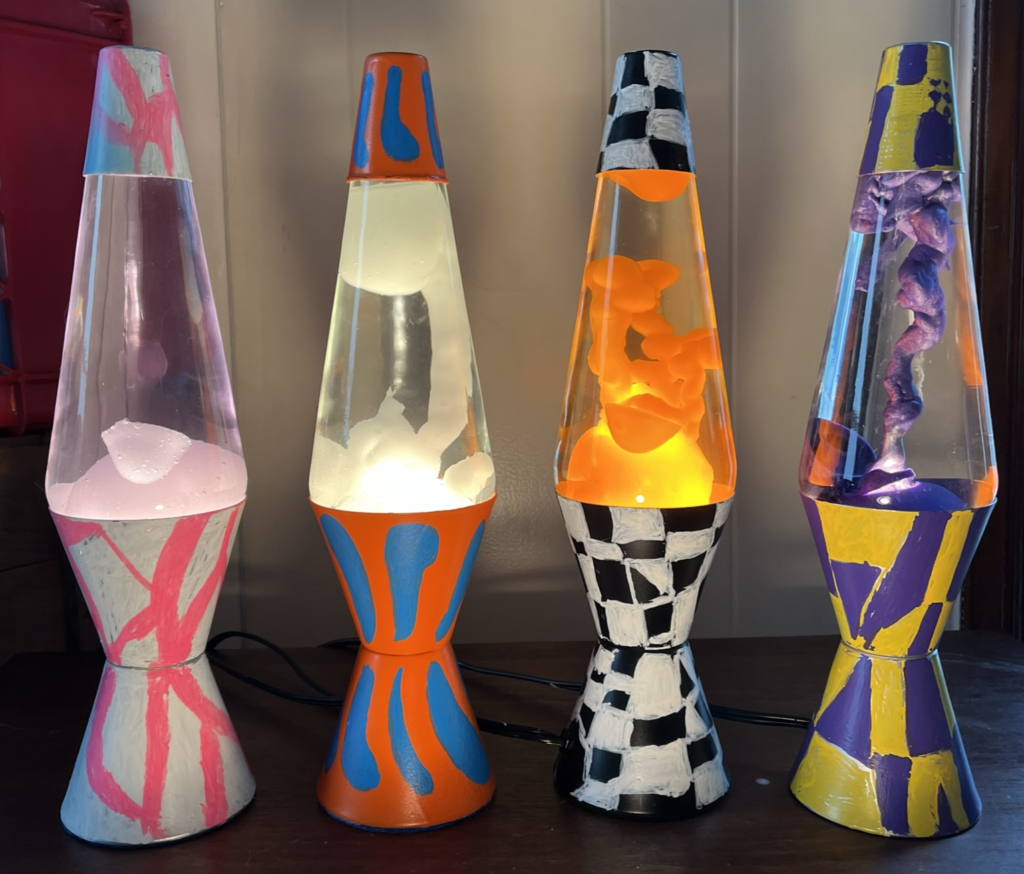Artist Sin Wai Kin’s practice as a storyteller draws attention to the gaps between the stories we are told and the lives we live, asking who is given the power to tell us these stories and what these stories enforce. The London-based artist’s latest film, Dreaming the End, compounds this thinking. As so often is the case within Wai Kin’s practice, this work looks at our relationships to our bodies, our bodies’ relationship to the world, and how, in the space between these two, our sense of identity manifests.
Commissioned by the Fondazione Memmo in Rome and made on location around the city over the course of a year, the film features characters which regularly populate Wai Kin’s work, The Storyteller and Change, who move through a looping narrative rich with references, cycles, transitions, and the binding of language, taking tropes from various cinematic genres like thriller, noir, and fantasy to bring this to bear.
As we sat in the Fondazione’s courtyard earlier this year, Wai Kin spoke of their connection to the city. “Rome is a city of narrative and of history so that had to be something that was deeply entrenched in the work,” they said. “My practice is so much about storytelling, and what better place to think about the history of storytelling than Rome, where everywhere you turn there is architecture or a monument that is solidifying history—there is an inevitability of this history and truth and power.”
Sin Wai Kin, Dreaming the End (film still), 2023.The film is rich with layers and sited in the city’s infamous architecture: the gardens of Villa Medici, the interior of Palazzo Ruspoli, and the spaces of Palazzo della Civiltà Italiana (now owned by Fendi). This anchor to the real is what gives the work its potential, makes the abstract tangible. Dreaming the End follows the characters as they move through the winding narrative of talking statues, triangular apples, and endless staircases. There is a surreal edge within the work that is amplified by speculative fictions that course through much of Wai Kin’s oeuvre.
“I was trying to think about all these narratives in this work and create a fantasy that speaks to reality more accurately than most nonfiction,” Wai Kin said.
Copyright
© Art News






